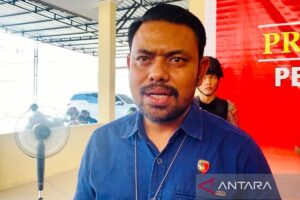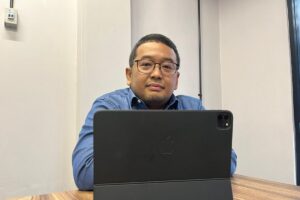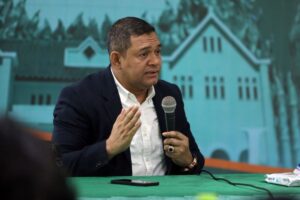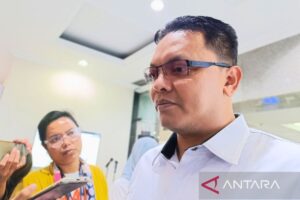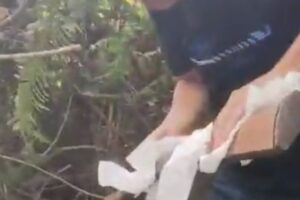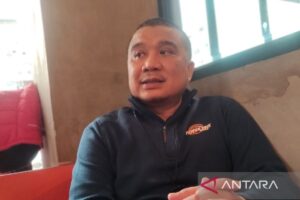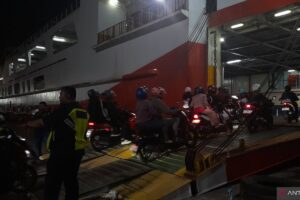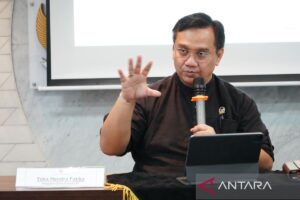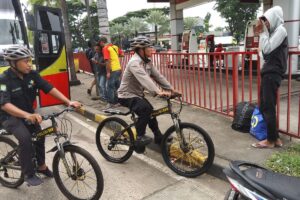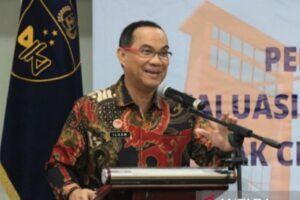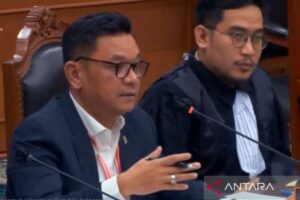Pj Wali Kota Tanjungpinang, Rahma, sedang menghadapi ancaman hukuman penjara karena diduga terlibat dalam kasus pemalsuan surat tanah. Kasus ini menjadi sorotan publik karena melibatkan pejabat tinggi di pemerintahan daerah.
Menurut laporan yang diterima, Rahma diduga terlibat dalam pemalsuan surat tanah untuk kepentingan pribadi. Surat tanah palsu tersebut digunakan untuk mendapatkan keuntungan yang tidak seharusnya diperolehnya. Kasus ini menggemparkan masyarakat Tanjungpinang karena melibatkan orang yang seharusnya menjadi teladan dalam berbuat baik dan jujur.
Pihak kepolisian telah melakukan penyelidikan terkait kasus ini dan menemukan bukti yang cukup untuk menjerat Rahma. Jika terbukti bersalah, Rahma bisa dijerat dengan pasal pemalsuan surat tanah yang dapat dikenakan hukuman penjara.
Kasus ini menunjukkan betapa pentingnya integritas dan kejujuran dalam menjalankan tugas sebagai seorang pejabat. Sebagai seorang pemimpin, Rahma seharusnya menjadi contoh bagi masyarakat dalam berperilaku jujur dan adil. Namun, dengan terlibatnya dalam kasus pemalsuan surat tanah, reputasi Rahma sebagai seorang pemimpin tercoreng.
Masyarakat Tanjungpinang menuntut agar kasus ini ditangani secara adil dan transparan. Mereka berharap agar pelaku mendapat hukuman yang setimpal dengan perbuatannya sehingga menjadi pelajaran bagi orang lain agar tidak melakukan hal serupa.
Kasus pemalsuan surat tanah ini juga menjadi momentum bagi pemerintah daerah untuk melakukan evaluasi terhadap sistem pengelolaan tanah. Langkah-langkah preventif perlu dilakukan agar kasus serupa tidak terulang di masa depan.
Sebagai warga negara, kita juga diminta untuk selalu waspada dan tidak terlibat dalam tindakan yang melanggar hukum, termasuk pemalsuan surat tanah. Kita harus mematuhi aturan dan menjaga integritas dalam segala aspek kehidupan agar dapat menciptakan masyarakat yang adil dan berkeadilan. Semoga kasus ini dapat menjadi pelajaran bagi kita semua agar tidak terjerumus dalam tindakan yang merugikan diri sendiri dan orang lain.



